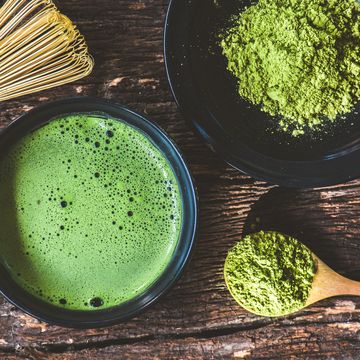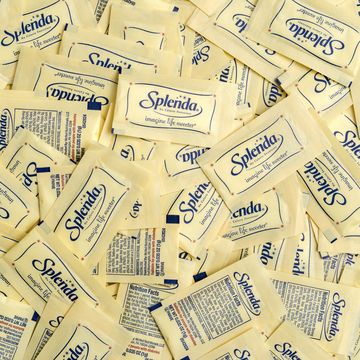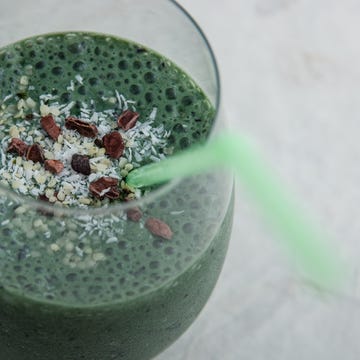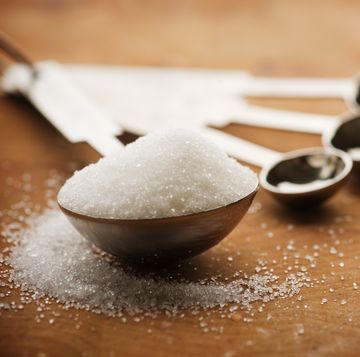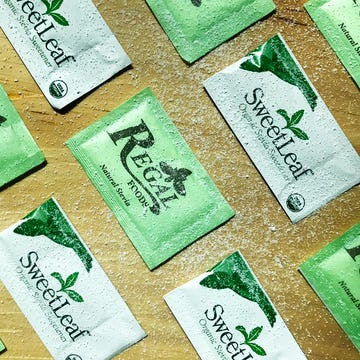How to Choose a Healthy Bread, According to a Dietitian
With so many options, it’s important to know the facts about your go-to carb and how to select one that’s right for you.

We earn a commission for products purchased through some links in this article. Why Trust Us?
As runners, bread is an integral part of most of our diets, but choosing a healthy bread from all the different types on the shelf can be a little overwhelming. White, multi-grain, whole wheat, sourdough, gluten-free—it’s so difficult to decide, even when you’re reading the nutrition labels. What’s worse is that some breads marketed as “healthy” are sometimes loaded with hidden sugars or sodium.
But here’s the good news: All bread isn’t bad for you, and there’s a way to make bread a healthy part of your fueling routine. Instead of spending way too long picking out a loaf of bread at the supermarket, know the facts about bread and how to select healthy bread that is right for you.
What’s in bread?
This may seem obvious, but the main ingredient in most bread is wheat. Gluten-free bread is an exception to that rule, since gluten is a protein in wheat. Wheat is an excellent source of carbohydrates, which is the primary fuel source for exercise.
Many nutritionists suggest that whole wheat bread is better for you than white bread, but why? A “whole” grain contains all three parts of the kernel—the bran, germ, and endosperm. Those three components of the grain house the valuable nutrients, such as fiber, protein, B vitamins, iron, zinc, and copper. White bread, on the other hand, is made from refined flour, which has the bran and germ removed. Without those two nutritious parts of the grain, the final refined flour is lacking nutrients such fiber and protein. To combat this, refined flours are enriched with iron, thiamine, niacin, riboflavin, and folic acid, but they are still lacking in other nutrients that are present in whole grains.
Beyond the flour, bread usually has many other ingredients. Other grains and seeds, such as amaranth, oats, spelt, rye, flax seeds, or sesame seeds are often added for flavor and texture. Packaged bread almost always has some form of sweetener, like sugar, honey, corn syrup, salt, or even fruit juice.
How do you choose a healthy type of bread?
When standing in the bread aisle, you want to follow a few basic rules. Look for breads that have:
- The word “whole” before the first ingredient to ensure you’re choosing a whole grain
- 6 grams of sugar or less
- At least 2 grams of fiber per serving
- At least 4 grams of protein per serving
Those rules will lead you in the direction of a healthy whole grain bread without many artificial additives.
But there is another important note that you want to keep in mind: The more fiber and protein a bread has, the longer it takes to digest. When you need quick-acting fuel right before or during a long run or race, white bread is digested quicker than whole wheat varieties to deliver carbohydrates into the bloodstream fast. If you have more time to fuel, whole grain bread slowly releases carbs to provide long lasting energy.
[Smash your goals with a Runner’s World Training Plan, designed for any speed and any distance.]
So what types of bread are the healthiest?
There’s no one "healthiest” or “right” type of bread for everyone, but knowing some of the healthier breads out there can help you make a swift selection. Below are five types of healthy bread to look for the next time you go grocery shopping.
Natalie Rizzo, MS, RD is a New York City-based dietitian, food and nutrition writer, national speaker and owner of Nutrition a la Natalie, a sports nutrition practice. She developed a love for cooking, nutrition and fitness as an adult, which prompted a career change from advertising to nutrition. She spends most of her spare time running along the NYC waterfront and creating (and photographing) healthy and tasty recipes.

Readers Also Read

24 Trader Joe’s Products Nutritionists Avoid
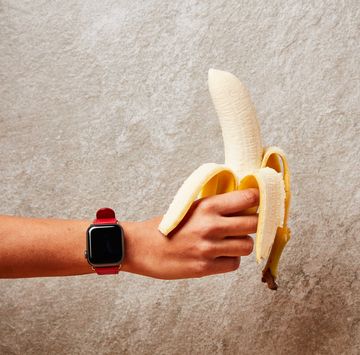
23 Foods That Have More Potassium Than a Banana
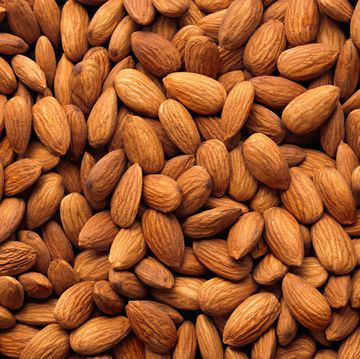
26 Magnesium-Rich Foods to Add to Your Diet
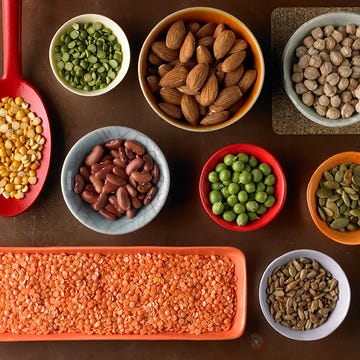
The 20 Highest Protein Foods Vegetarian Runners Can Eat





